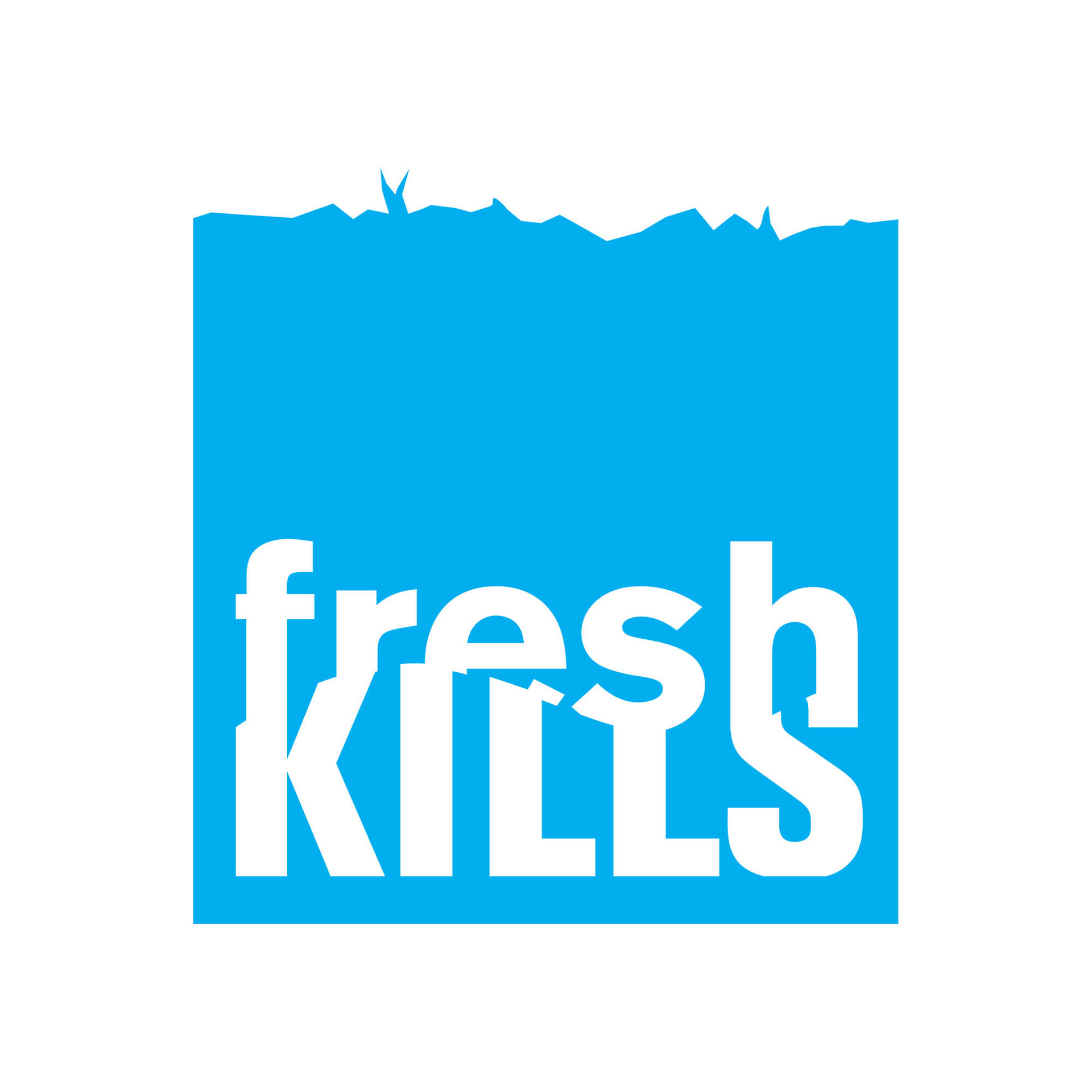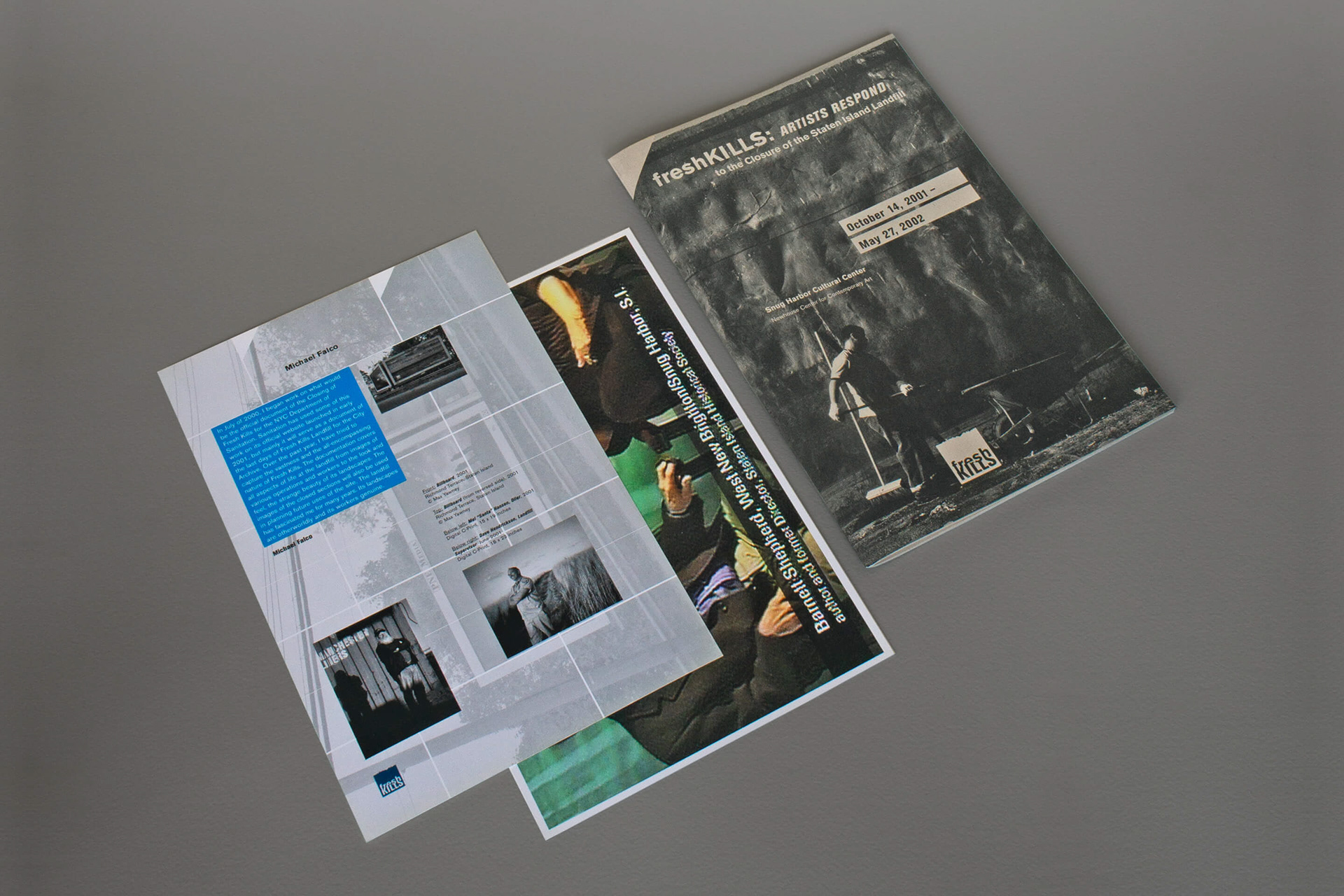FRESH KILLS: ARTISTS RESPOND TO THE CLOSURE OF THE STATEN ISLAND LANDFILL
The Newhouse Center for Contemporary Art at Snug Harbor Cultural Center launched Fresh Kills, a multi-discipline exhibition of works that celebrate and investigate the historic and optimistic moment of the closing of the Fresh Kills landfill after 53 years of operation.
The Newhouse Center for Contemporary Art at Snug Harbor Cultural Center launched Fresh Kills, a multi-discipline exhibition of works that celebrate and investigate the historic and optimistic moment of the closing of the Fresh Kills landfill after 53 years of operation.
The Newhouse Center for Contemporary Art has been an incubator for bold and innovative artists developing new work since the 1970’s, promoting inquiry and advancing scholarship.
The exhibition "Fresh Kills" examines the history of the landfill, it's state at the time, and the future of our garbage - where it is to be deposited now that the dump has closed; and its long-range adaptation for public use. The dump is allegedly the largest landfill on Earth. Its 2200 acres, not only a repository for trash, home to an array of vegetation and wildlife, is now more than twenty years later the largest open green space in New York City.
BRANDING THE EXHIBITION
We looked at the location Staten Island, an island with rolling hills and one of the five boroughs in New York City. The topography of the landscape was inspiration for our approach of a logo and the branding of the exhibition.
Fresh Kills, a word of Dutch origins, translates to a little water stream. The merging of the two words „fresh“ and „kills“ in a wave, contained in an abstracted landscape square symbolizes both a water stream and the rolling hills of the landfill. Using this metaphor, past, present and future were connected. One of the largest man-made structures, to be turned back into an open green space.
Fresh Kills, a word of Dutch origins, translates to a little water stream. The merging of the two words „fresh“ and „kills“ in a wave, contained in an abstracted landscape square symbolizes both a water stream and the rolling hills of the landfill. Using this metaphor, past, present and future were connected. One of the largest man-made structures, to be turned back into an open green space.



EXHIBITION VISUAL ELEMENTS
With the created graphic elements we designed stationary, invitation foldout, posters, banners, postcards, artists catalog and exhibition signage.






THE TIMELINE
Information for a timeline of the landfill’s history was compiled to give the visitor detailed knowledge from the beginning in 1914 to the closure in 2001. The text was divided into important events dates during this period and supported by historic images. Superimposed on current Fresh Kill imagery the final result was silk screened on white banner material and attached to the wall to give it an industrial look. The same timeline was also used in the exhibition catalog.



THE EXHIBITION CATALOG
The design of the catalog to the exhibition had three pieces. Individual artists cards , the Fresh Kills booklet and the container box to keep all items together.
19 artists and artist-teams responded with “Fresh Kills: Artists Respond to the Closure of the Staten Island Landfill,” a collection of paintings, sculpture, photographs, videos and conceptual works, some of which are directly about Fresh Kills while others deal more generally about environmental issues.
Each artist had a card with full bleed image on the front and detailed text on the back. The Fresh Kills booklet was dedicated to the history of the landfill and accompanied by the timeline. Both items, the 19 cards and the booklet were stored in a slim box with full-sized printed label.










